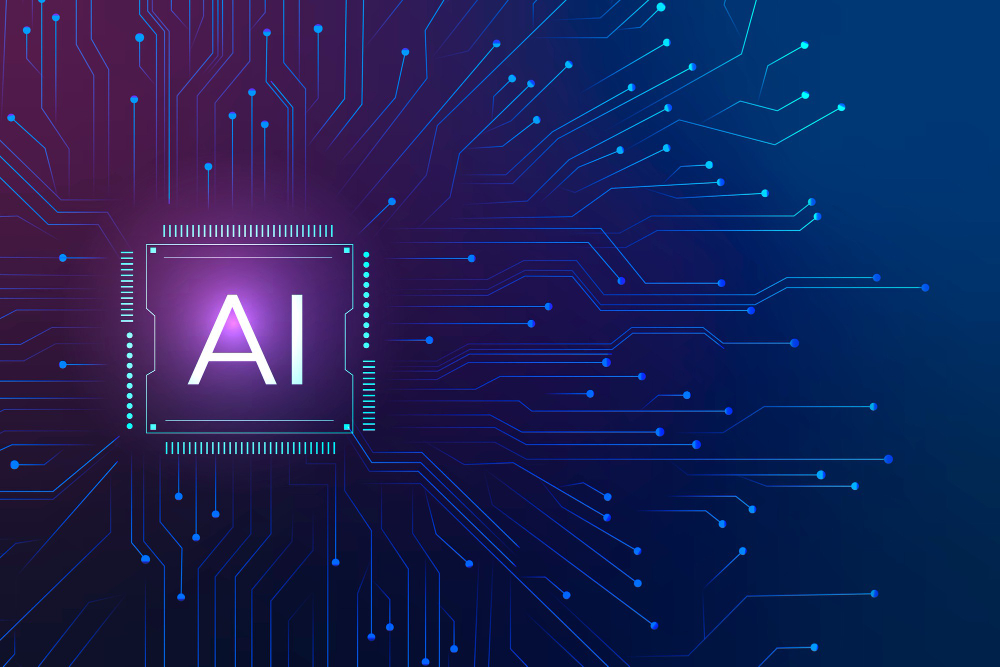It’s safe to say the terms artificial intelligence (AI) and data science to say these terms have firmly made their way from the big screen and into the real world. There’s never been more data at people’s fingertips – and our enthusiasm and ability to make use of it grows every day.
With more data potential, the next logical step for businesses is to focus on how we navigate through it, and understand how machines can help us use it.
Every part of an organisation’s infrastructure, no matter what sector, creates data – from metrics on machine performance, to software and customer interactions. Everyone has heard the hype that surrounds AI and how it’s changing business, but why has this hit the mainstream now?
Never send a human to do a machine’s job – the motto of the future?
Historically, the depth of learning possible from data was limited by time and resource. However, with evolutions in technology, the datasets available today are not only far larger, but businesses are more aware of the value locked in understanding the interrelations between these datasets.
As a result, the power of accurate and prudent analysis of data has been unlocked.
>See also: The value of artificial intelligence in business
Unsurprisingly, this evolution has unleashed a fear that technology is now smart enough to seize human jobs. It’s not the first time ‘the rise of the machine’ has had us looking for reassurance and job stability – from the weaving machines of the industrial revolution through to the introduction of the automated production line.
Automation has continually prompted concerns that technology will make people redundant or alter society in unsettling ways.
In an era of an industry-wide skills gap, combined with the rise of AI such as IBM’s Watson, the fears that ‘the robots will take over’ are not only logical, but more prominent than ever.
Those with roles in data and analytics in particular have growing concerns – especially when it is estimated that some five million jobs will be taken by robots by 2020.
But is there an opportunity for the hive mind? One where human and machine complement each other and are more valuable than the sum of their parts?
Turning discord into harmony
Luckily for the human race, the answer to that question is yes. The machine-based dystopian apocalypse is still, for now, one of fiction.
One of the reasons why it is unlikely that technology will completely replace humans within the decision-making process lies in its very purpose. Machine learning and AI are intended to create new, innovative solutions based on an analysis of the data it ‘reads’.
But technology cannot comprehend the emotional impact of these decisions or be trusted to act on them appropriately. Dispassion is not always a strength.
>See also: Artificial intelligence: advancements, abilities and limitations
So, while the hive mind is achievable, the next question raised is, as usual, how? How will man and machine work together? We know that data analytics and machine learning are key for business automation.
However, it is important to differentiate between the type of analytics and the ties between them, and the role that humans will play in enriching this data.
Essentially, there are two most prominent types of data analytics – predictive analytics and prescriptive analytics.
Predictive analytics and associated tools are key to business automation, as they can utilise both historical and recent datasets to gauge the probability of outcomes, while also highlighting uncertainties or abnormalities.
This enables a human or a machine to make informed decisions to enable (or prevent) a future outcome. Prescriptive analytics then codifies these suggested actions in the form of rules, policies and/or constraints.
Prescriptive analysis, such as machine learning takes data analytics one step further by providing cognitive computing capabilities to learn and make human-like decisions – and these capabilities continue to improve as additional trends are found.
To paint a picture of how this translates into the real world, let’s assume that predictive analytics finds a type of virus is on the rise. Prescriptive analytics can then identify this trend and by utilising the forecasted outcome and associated uncertainties, ensure that the virus does not further impact the environment by automatically patching machines with up-to-date software.
But while predictive and prescriptive analytics enables departments and business functions to be proactive and mitigate risk, it doesn’t mean that the human element isn’t still needed.
>See also: Artificial intelligence is aiding the fight against cybercrime
Tribal knowledge – the knowledge gained and shared from human experience – is crucial for business decisions to be made in suitable context. You wouldn’t perform a U-turn on a busy motorway into oncoming traffic just because your sat nav told you to.
To paint the picture within an IT environment, an AI tool might decide that CPU utilisation on a server is insufficient to maintain regular system performance.
As a result, the AI may decide that a trigger must be set, as low CPU power may result in load issues, or could be an indicator of a virus or malware. But a person in the business might know that this peak is an anticipated occurrence, and is short term so in fact, no trigger is necessary.
In essence, no matter what “thought processes” are being devolved, a person will need to decide whether action is appropriate.
The collective conscious
While the data and “thinking” that AI and automation are capable of is valuable, the human element is needed to enrich the conclusions reached and ensure the correct course of action is taken.
While machine learning and AI can deal with the heavy lifting of analysing vast amounts of data quickly, it is the human element that recognises nuances and sentiments that drives the value for the business.
With fears that robots will replace humans, workforces must understand that the human role will not simply be stripped out or replaced, nor will career progression be limited.
Creating a hive mind, where both man and machine learn, adapt and feed each other, will ensure that people will remain essential to every business process.
>See also: How data science is driving digital transformation
Indeed, the machine may learn from how people respond to its recommendations, working out which are most often acted upon and how, and therefore refine future suggestions.
Learning from other key technological changes gives people and businesses the hindsight on how to overcome fear and resistance to change and instead, facilitate personal progression. The future of business is the active partnership of man and machine – just as it has been for centuries.
Joe Kim, chief technical officer at SolarWinds MSP







